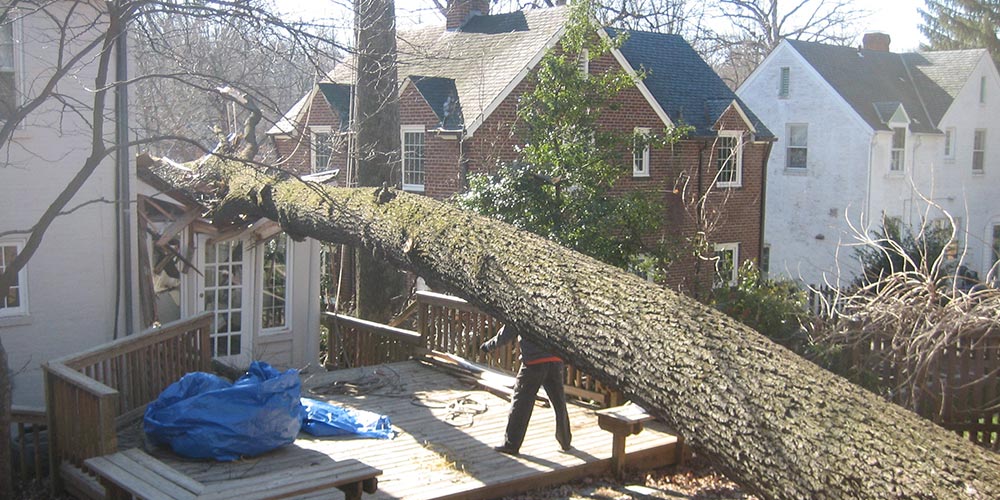
How Drought Affects Trees
December 12, 2022
Drought has become a topic of your discussion among gardeners for the past years, and there is a reason for that. For instance, a lack of water will greatly limit plant growth. However, even after regular rains, plants can also suffer from prolonged drought-related problems. Generally. If perennials and annuals can manage to survive initial drought, they do better compared to woody plants, which impact the effects of drought for several years.
In addition, the idea of drought can mislead you. The rainfall for the entire year or above normal levels. The total rainfall figure can be because of how much rain that is all in one event. If you do not know whether to call tree removal services or not, read until the end.
Short-Term Effect
Early impacts of drought or damage that is caused by a dry period, include foliage discoloration or wilting, shedding of needles or leaves, and growth reduction. Wilting, lea ‘burn’, and needle shedding can be obvious to the typical observer. Early leaf drop is a result of this, which is the adaptation of deciduous trees for conserving water that can experience water loss through the leaves, which occurs as long as all the leaves are green.
Symptoms
It is clear from the preceding discussion that drought effects can be characterized as long-term and short-term. The immediate visible effects of the drought damage can include scorch, wilting, and some defoliation because of loss of plant cell turgor, shrinkage of cell membranes, and added synthesis of abscisic acid. The long-term drought symptoms include branches dieback and plant death because the capacity of plants to absorb water is already damaged. These are the main or direct effects of drought.
Water the Growing Area of the Tree
Roots can extend to two to three times the dripline. This will make watering the entire root system hard. You can focus on watering the whole area instead of under the dripline of trees and a little beyond that if possible. It is better to cover more area. You should avoid watering the foliage or tree trunk. This will promote insect and disease outbreaks.
Other Effects
There are secondary effects that relate to the synthesis reduction of secondary metabolites. Disease susceptibility to infections and invasion is heightened while the plant’s ability to solve these problems is removed.
It is hard to dedicate plant disease problems to drought one or two years after the drought event, especially if it is moist. However, there are some diseases that occur because of drought-related stress on your plant. These diseases combined with weather history at the site can diagnose drought-related issues. Among the kinds of diseases that likely occur corresponding to drought-related stress are cankers, roots, wilt, and wood rots.
Insect Problems
Wood boring insects will invade your trees like black stem borer, bronze birch borer, and dark beetles. These will all noticeably increase drought stress in trees.
According to studies, there is a link between secondary metabolite levels, oleoresin, and the susceptibility of plants to invasion by wood-boring insects.
Prune Your Trees
Pruning is mainly good for trees because it helps promote their health. It can improve the size and form of trees. However, you should consider pruning until drought conditions are better. When trees are stressed out like if there is a drought, they become prone to insects and diseases. Therefore, when you schedule tree pruning, make sure it is after drought season because that is when trees need it the most.
You can contact tree services Chevy Chase anytime before or after drought season to have your trees pruned.
